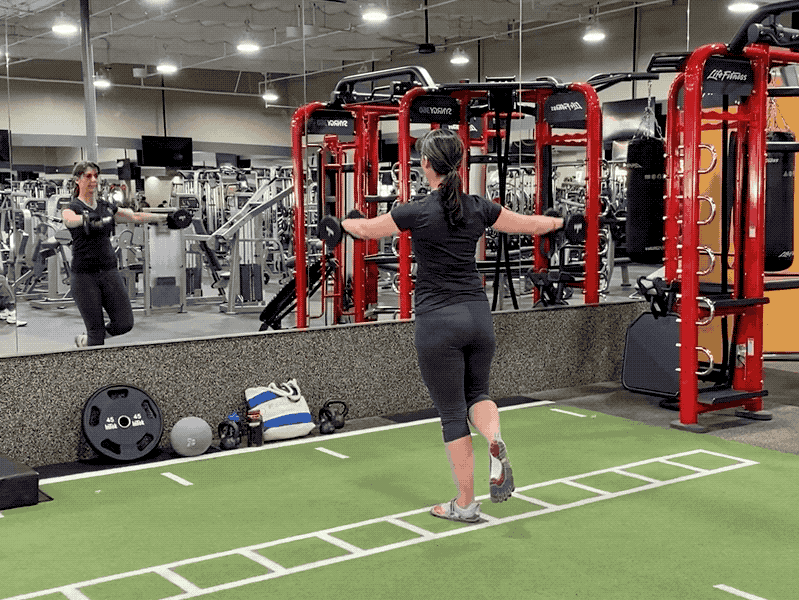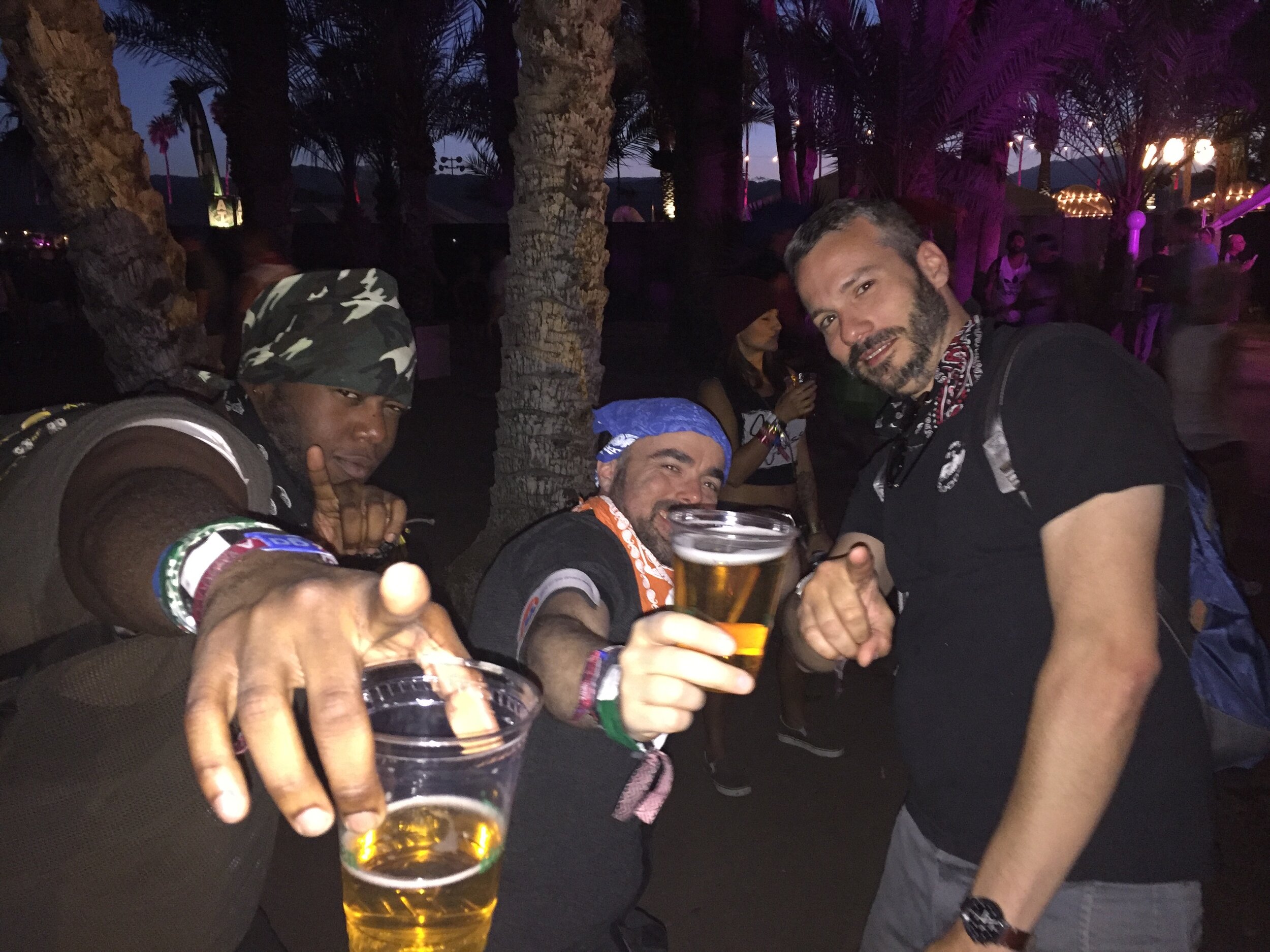Hey Sia! You, Too?
Now that Sia has come out, Ehlers-Danlos is officially cool.
Does anyone still say cool?
It started with this tweet:
I admire Sia’s command of punctuation. Clearly she was not saying EDS is neurological. But people got confused, as they do, especially on the internet. She clarified:
Ho’d up, Sia!
I think EDS is neurological, but not in the way we think of neurological genetic disorders.
Whether it is due to the impact of our body-wide defective collagen, or perhaps the gene causing hEDS is directly involved in regulating the nervous system, either way, the ramifications of Ehlers-Danlos on the nervous system are severe.
It’s been my experience that much of our suffering (okay, my suffering, I’m always talking about me-me-me here) comes from nervous system dysregulation which can be debilitating fatigue, digestive problems, blood pressure problems, sleep problems, pain over-perception (fibromyalgia), chronic anxiety, stress rashes, the list goes on. That’s all I can think of off the top of my head right now.
Thought of one more: feeling chronically on the verge of fainting (as many of us do) is so taxing. Who can live like this?
But hey, good news! That can be improved!
Improving the Nervous System
Let me start here, in case you are new. My unique page view count steadily increases, so thank you to whoever is sharing my blog.
In December of 2012 I began injecting Vitamin C everyday. There’s quite a backstory behind why I did that, which is the subject of this blog. It was perhaps divine intervention or crazy luck, through the relationship with my doctor, who I call The Other Love of My Life, as Mr. Pennington is the first.
Daily intramuscular shots of ascorbic acid (now the FDA approved drug Ascor) began to raise the bottom of the depths of my suffering.
That pool got shallower and shallower.
I became able to benefit from exercise, recover, sleep, heal, function and even think better. The C enables my body to make stronger, although not correct, collagen. I’ll take it!
By July of 2013, about six months after daily C shots, I again tried physical therapy. This time, I progressed.
By December of 2013, one year after daily C shots, I again tried getting off the opiates I had needed to survive my pain. This time I succeeded.
Since then I have traveled the world, swam miles in the ocean, returned to work, and tried to figure who I am besides a disabled, dependent Ehlers-Danlos Victim. I will always say it ruined my life.
Now, I never crash. I show up to everything. I have endurance. I exercise regularly and am very active. My pain is transient, mild and does not get out-of-control.
This leads me to suspect that delivering C into my body this way compensates for whatever genetic error causes me to have Hypermobility Ehlers-Danlos Syndrome. I qualify for the 2017 criteria and have a very typical presentation of hEDS. You too? Maybe we have the same disease. Hey, why not give it a shot? They do hurt, by the way. Sometimes a lot! But waaaaaaaaaay less than being disabled by hEDS. Oral C did little for me. Was that your next question?
I wish it had been that all I had to do was inject C and I got back to life immediately, but it was not. Genetic disorders accumulate damage to the body over time. It took time to heal and undo that, but lucky for us (for me!) this was the reversible which is not the case for many genetic disorders.
It was a long road, but I continued to push myself, find new limits and benefit from my body finally being able to adjust to challenges and grow stronger.
You must be brave, disciplined and push yourself, if you are at all as severely affected by EDS as I am.
Recovering from Ehlers-Danlos
The other path to relief for me has come by addressing my nervous system through neurofeedback, exercise, and naltrexone.
I also got off and continue to avoid all drugs that reduce cognitive function (anticholinergic drugs). Drugs that work this way lower anxiety, so we end up on them. My experience is they make us sicker because they worsen our problematic nervous system function.
I also need lots of salt to keep my chronically low blood pressure up. Low blood pressure feels awful. So does sodium depletion. I seem to be peeing mine out all the time. You can get lab work to see how you handle sodium.
I have had many kinds of neurofeedback and this system is the best, by far. It delivers a tiny interruptive signal to the brain, giving it the chance to re-regulate itself. How brilliant! Like rebooting your computer. The brain is a complex electro-chemical organ.
By exercise, I mean balance and proprioception training.
My body needs to be taught and then constantly reminded where it is.
Psychiatrist and EDS researcher Dr. Bulbena discussed the importance of proprioceptive training for people like us on the Hypermobility Happy Hour. I agree, Dr. Bulbena!
I must get heavy circulation and GET STRONG!!!! 💪
Developed muscles stabilize loose joints.
Nothing makes me feel good like heavy circulation, so I take a few minutes to run on the treadmill when I’m at the gym. I ❤️ it!






I also run around Los Angeles in my Vibrams. Stimulating the feet is excellent for brain health.
I do single leg balance exercise as part of every workout to tone up my nervous system. Standing on one foot, especially barefoot, helps my body locate itself. It is marvelous! I do ballet moves. I do my free weights. Single leg exercise forces the gluteus medius to do its job of stabilizing the pelvis.
See pic above of me in physical therapy improving the proprioception of my cranial cervical junction. With a laser strapped to my head and a target to the wall, I center the laser on the target. Then I close my eyes and do something. My physical therapist makes it interesting. Then I ty to remember where my head was and reposition the laser to where it was at start. Then open my eyes and assess my accuracy.
After a few rounds of this, I know my head is attached to my body. What relief, even if my PT does not appreciate how profound this is for me. He giggles awkwardly. He does not get the whole Ehlers thing. Nonetheless he is very helpful.
Anxiety
Low doses of naltrexone can treat PTSD, Hypervigilance, Anxiety and Sleep Disruption, Comorbid with Bipolar Disorder, PMDD, Irritable Bowel Syndrome (IBS), Cold-induced Autoinflammatory Syndrome. However, I found higher doses to be more effective, much more effective. I take 50 mg before bed, which really isn’t all that high. High would be 300 mg.
My nervous system gets easily triggered into a state of anxiety, even if I am not emotionally distressed. I carry naltrexone dissolved in water in a vial in my bag and take a little if this happens. I also tell my brain to calm down and get on with things. A couple hours after a bad bout, I may get a stress rash. More on anxiety below.
Those are some miserable neck problems, Sia! Ouch! And not at all uncommon for people like us.
The way to prevent them is to use your neck like me (pretending my Ray Ban’s are a phone), not like this guy riding across from me on the Los Angeles Metro. He’s working hard on squeezing his discs out the back of his spine. Yikes.
You can save yourself a lot of pain, agony, and damage by using your joints well. Slumping is the enemy.
Better joint alignment with improved strength might very well relieve Cubital Tunnel Syndrome for an EDSer. Be patient. It takes time for our pissed off joints to calm down.
Using your muscles to hold up your body burns more calories than slumping. It tones them. Good posture is youthful and sexy. What could be better?
EDS and Autoimmune Disease
Well, Graves has gotta seriously suck, Sia.
Perhaps the neuralgia is routine Ehlers-Danlos?
It is common for EDSers to have autoimmune disease.
I am grateful that do not have one.
I plan to never get one.
To accomplish this, I have been following the remarkable research of Dr. Longo. His Fast Mimicking Diet cleans up the immune system and forces the body to heal itself.
I have done it twice (on my own, not the kit, posts coming) and plan to do it more. It makes me feel wonderfullllllll.
I do the Fast Mimicking Diet to help my bone density, heal arthritis and improve my cognitive function. I plan never to get Alzheimers or dementia, too. 🤞
Graves Disease could look like mania. Shame on whoever diagnosed Sia with Bipolar. That doctor obviously did not refer her for a thorough medical exam. Should be cause for medical board complaint, if you ask me. Write one if this has been done to you. No statue of limitations for a medical complaint in the great State of California.
People with Ehlers-Danlos usually get psychiatric mis-diagnoses before getting correctly diagnosed with EDS. I think the figure is thought to be over 90% of us. Me included.
Some of us are so fatigued and achy, it’s like, “Hey, this must be depression!”
Some of us are so wired and hysterical from our brain being perpetually bombarded by pain and from sleep deprivation, it’s, “Hey, you must be manic!”
Psychiatrists are the laziest doctors I have ever met. I once asked one, “Are you sure you have a medical degree?” before I asked for my money back, which I did get. Feel free to borrow this line.
Shame on all those doctors who wrote us off as mentally ill when we are seriously physically ill and not getting proper treatment.
Anxiety and Ehlers-Danlos
Then there is the issue that EDS is highly correlated with anxiety. That’s real. It confuses how we come across (kinda nuts!).
It was not until I got so much better and my nervous system calmed down that I can look back and say I had an anxiety-panic disorder of mammoth proportions. But when I was sick, which was most of my life, that was my normal so I would not have described myself as anxious.
Why do I think we have so much anxiety? I am glad you asked.
We perceive too much internal stimuli from our own body.
We get overstimulated by the outside environment.
We are blind to where our joints are.
We are blind to where we are in relation to the outside environment.
This is highly stressful, in my experience. Totally impossible to articulate.
You don’t know what you are so anxious about, do you?
Neither did I.
Our nervous system, strained, confused and caused to malfunction by our musculoskeletal disorder, may look like PTSD phenomena or mental illness. See this PubMed Somatic experiencing: using interoception and proprioception as core elements of trauma therapy and draw any conclusions you like. This presentation above by Dr. Emily Splichal is worth viewing and considering.
Mindfulness and Meditation
As for myself, I do not practice mindfulness. I pay plenty attention to myself and my life, so it would be redundant.
I do not mediate because I refuse to do anything that isn’t fun.
I spent so much of my life sick and alone, too ill to even read a book. I’m all done with sitting and doing nothing, thanks.
Instead, I stimulate myself with sounds, touch and textures, by, for example, going to the beach and swimming in the ocean. I benefit from sensual experience.
Perhaps I should say my nervous system benefits from soothing sensual experience.
I have had some psychotherapy but it hasn’t been a big part of my healing. By the time the therapist finally gets up to speed on my medical life, I am exhausted from begging for understanding, burnt out on the relationship.
No matter.
Physical interventions I listed above have been miraculous for sorting me out. Standing on one leg or walking barefoot was way better than psychotherapy. Makes me think our anxiety issues are physical, not psychological.
Sia at Coachella, 2016
We saw Sia perform at Coachella 2016. She was great. My friend Matt kept saying, “That’s really Kristen Wiig.”
I will never go to Coachella again. I went a few times. Every time, there were less water filling stations and fewer bathrooms. They took them out to make room to sell more tickets.
Plus, I cannot eat that much dust.













